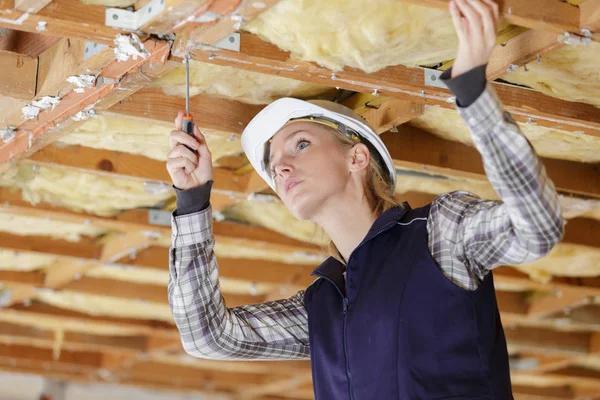
Why Transformer Fire Blast Walls Are Essential for Substation Safety
Transformer fire blast walls are a crucial component in ensuring substation safety. The primary function of these structures is to shield surrounding areas and equipment from the catastrophic effects of a transformer explosion or fire, which can occur due to various reasons such as mechanical faults, electrical surges, or even natural disasters.
The importance of transformer fire blast walls cannot be overstated. Transformers are filled with oil for cooling purposes. However, this oil can turn into a significant hazard if it catches fire or explodes due to an internal fault within the transformer. When such incidents occur, they can result in severe damage not only to the substation but also pose risks to nearby buildings and personnel.
transformer fire blast wall walls act as protective barriers preventing the spread of fires and mitigating the impact of explosions by containing them within a confined area. They are designed and constructed using materials that have high resistance against heat and pressure generated during such unfortunate events.
Moreover, these walls help maintain structural integrity during an explosion by absorbing shock waves hence minimizing collateral damage. This feature is particularly important because substations often house other critical equipment that could be severely damaged by an uncontrolled explosion or fire.
Another aspect where transformer fire blast walls prove their worth is in limiting environmental pollution caused by burning transformer oil. If left unchecked, this could lead to serious environmental issues including air pollution and soil contamination which would require extensive cleanup efforts.
Furthermore, having these safety measures in place also helps companies comply with regulatory standards set forth by authorities like OSHA (Occupational Safety & Health Administration) or NFPA (National Fire Protection Association). These organizations mandate certain safety requirements aimed at reducing risks associated with working around potentially dangerous equipment like transformers.
In terms of cost-effectiveness too, investing in transformer fire blast walls makes sound business sense. The initial cost incurred is far outweighed by potential savings from avoiding costly repairs or replacements resulting from major accidents involving transformers. Notably too, insurance premiums may also be reduced if adequate safety measures are in place.
In addition to these tangible benefits, transformer fire blast walls also contribute towards creating a safer working environment for personnel. This not only has direct implications for their physical well-being but also boosts morale and productivity by giving them peace of mind while performing their duties.
In conclusion, transformer fire blast walls play an indispensable role in ensuring substation safety. They provide robust protection against potential fires or explosions, safeguard other critical equipment, limit environmental pollution and help comply with regulatory standards. Their importance is further underscored by the fact that they contribute towards cost savings and create a safer working environment. Therefore, it is essential that all substations incorporate these protective structures as part of their safety protocols.



